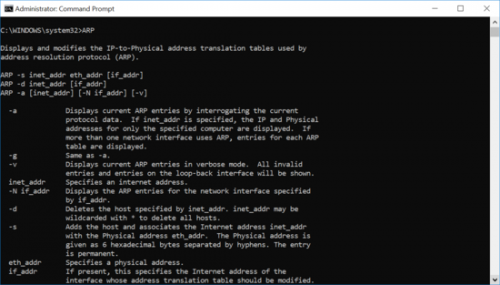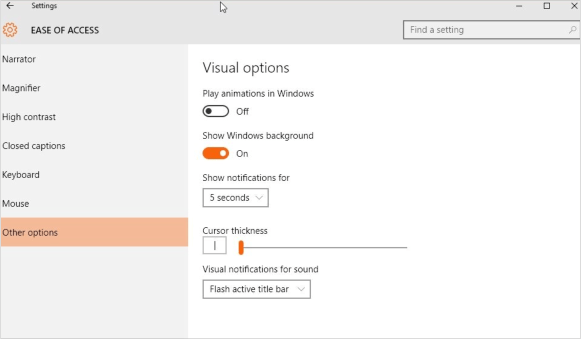

But now Google Drive has implemented deduplication protocols that help minimize that. In the past, you might have ended up with an additional copy (a duplicate). You might save a file from Google, make changes, and then save it back to Drive. How do duplicate copies of files get made? How Duplicate Copies Get MadeĪvoiding duplication with single files has gotten easier. Both files had the same filename, but were saved in different locations. I found myself making adjustments to one file, while my colleague worked on a duplicate. In fact, that situation happened to me earlier this year. If you are on Google Suites for Education, you have unlimited storage, so why worry about space? When you’re conducting a search on Google Drive for a file, you may end up working on several versions of a slide show. If you are synchronizing files to your computer, duplicate files also take up space on your hard drive. If so, then eliminating duplicate files may save you some money. Wondering what the benefits are of removing duplicate files? If using Google Drive for Home/Personal use, you may be paying a fee for additional storage. The question we’ll explore the answer to is How do you get rid of duplicate files? Benefits of Removing Duplicate Files It is the answer to a question you may be even be paying for. This blog entry focuses on one key Google Drive tip you will find you can’t live without. I keep encrypted copies of critical documents in Google Drive, as well as many other documents. In spite of relying on just one backup, Google Drive has become the safest place to store original copies of your prized photos, videos, even your MP3 music collection. I then did a sharpness test (just sum up all differences from one pixel to the next, the more difference, the sharper, I think I added some non-linearity to that as well) and selected the best.Has Google Drive become your backup solution of choice? Instead of multiple, external USB hard drives stashed around your home or office, do you just save everything to Google Drive now? You’re not alone. Then I looked at the wanted image sizes and selected the images which matched that first, if any. It worked really well, a crappy, heavily compressed JPG with a water mark checked out as a dupe compared to the original, while two sequent frames in a slow video didn't, and there was a pretty wide margin between their difference values. Then it was just a matter of setting a threshold for what was considered a dupe. This means that it's tolerant towards small differences, but big differences hit hard. When I've done the rough filtering, I compared the points using the square of the differences.

I also saved some extra data (average R, average G, average B and so on) to have something database searchable to do most of the filtering, before comparing points. Before testing, I rescaled the image to a fix format (to catch rescales and some crops/borders).

More points towards the center of the image, fewer at the edges. Basically, I tested a number of points in each image, few enough to save in a database.


 0 kommentar(er)
0 kommentar(er)
